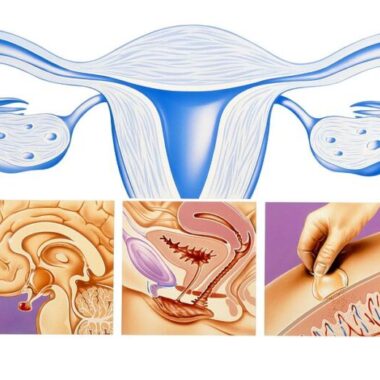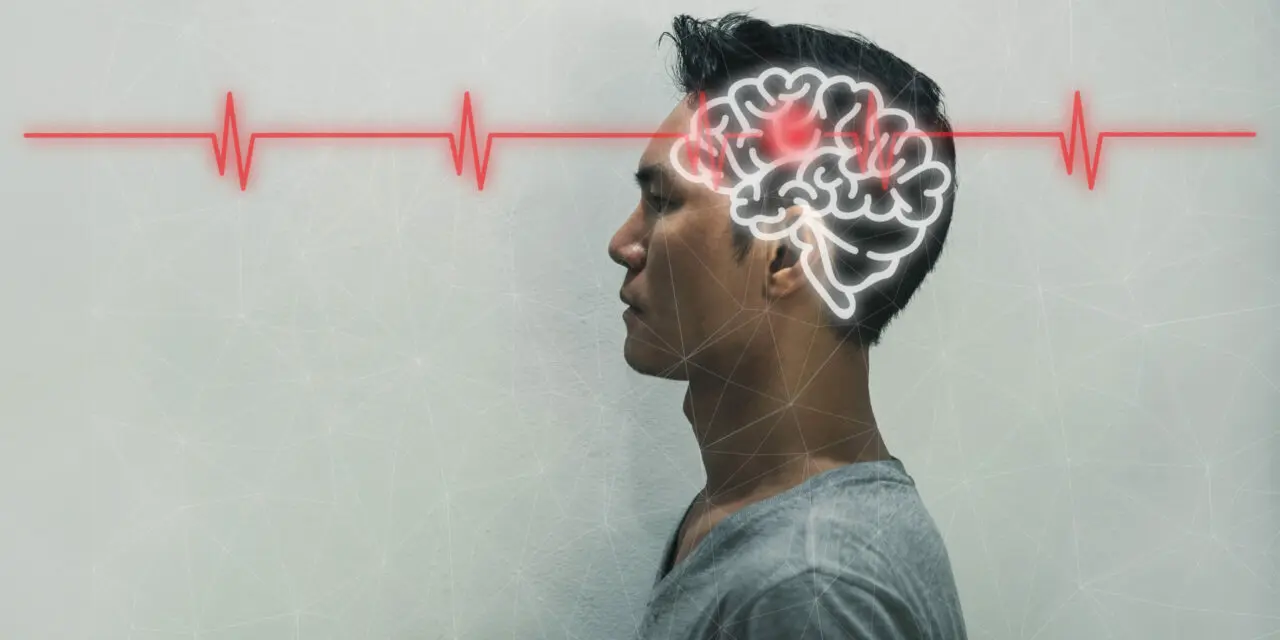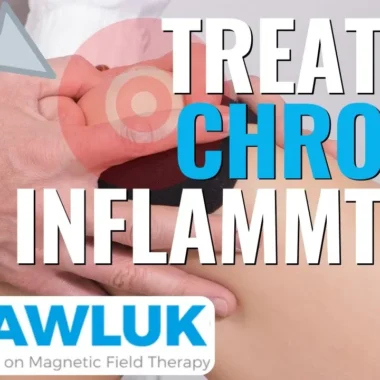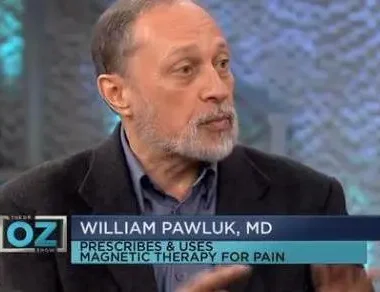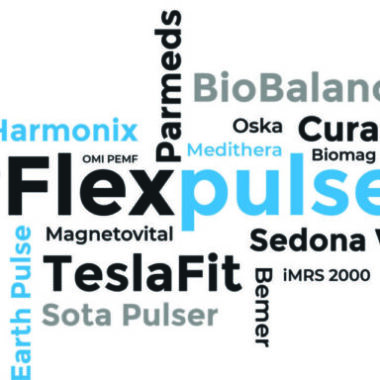Thyroid Problems and Thyroid Nodule Treatments
Table of Contents

WHAT IS PEMF AND WHAT DOES IT DO?
PEMF stands for Pulsed Electromagnetic Field. It is a unique type of medical treatment that uses highly concentrated and precise electromagnetic therapy to target the tissues of the body . This form of therapy produces countless health benefits to the body. As a result, it has a wide range of applications, from eye and vision issues to blood flow and circulation to even thyroid conditions.
By going straight to the source of nearly any disease or disorder (the blood) and working to correct any problems it is having repairing and regenerating existing cells, the only limit to the potential medical applications is the time and effort it takes to conduct the proper research and tests first. With a growing interest and demand for PEMF therapy across the entire medical spectrum, it may not be long before this type of treatment is standard.
WHAT IS THYROID DISEASE?
Thyroid disease is a condition in which the thyroid glands have begun to malfunction for one reason or the other. It can be extremely difficult to maintain its proper balance once this has happened. What comes as a result of this is that the thyroid no longer produces the proper amount of hormones and chemicals which are necessary to keep your bodies’ systems operating correctly.
The thyroid secretes a chemical known as thyroxine. When this chemical passes through the liver and kidneys, it is converted into an active hormone. Its only purpose is to stimulate and increase the metabolic rate, which incidentally increases oxygen consumption. When tissues and blood cells do not have the proper oxygen levels, it can result in serious health issues and diseases. In the case of thyroid disease in particular, there are two main types, each with a range of severity from mild to moderate to severe:
HYPOTHYROIDISM
In this condition, the thyroid produces too little thyroid hormone. A few of the common symptoms and side effects include:
Whole Body Symptoms – sluggishness, lack of energy, fatigue and/or feeling cold
Developmental Symptoms – slowed growth and even delayed puberty
Hair Symptoms – hair dryness and/or loss
Other Common Symptoms – constipation, dry skin, brittle nails, high cholesterol, enlarged thyroid, irritability, sexual dysfunction, weight gain, slow heart rate, or irregular uterine bleeding
HYPERTHYROIDISM
This thyroid condition produces the opposite effect as hypothyroidism. With this disorder, the gland produces too much of the necessary hormones needed for the operation of the body’ systems. The purpose of treatment here is to reduce this production or decrease the reactions of the body organs to the excess hormone. Some of the symptoms associated with this form of thyroid problem are:
Whole Body Symptoms – excess sweating, excessive hunger, heat intolerance and/or fatigue
Behavioral Symptoms – irritability, hyperactivity and/or restlessness
Heart Symptoms – fast heart rate, abnormal heart rhythm and/or or palpitations
Mood Symptoms – mood swings, nervousness, anxiety and/or panic attack
Eye Symptoms – abnormal protrusion or puffiness of the eyes
Menstrual Symptoms – short and light menstruation cycles or irregular menstruation
Sleep Symptoms – insomnia, sleep anxiety or otherwise difficulty falling and/or staying asleep
Other Common Symptoms – diarrhea, weight loss, muscle weakness, hair loss, tremors, or warm skin
Any or all of these could point to the fact that your thyroid is out of balance and needs to be addressed as soon as possible. Here are a few interesting statistics regarding thyroid function:
IODINE DEFICIENCY IS FOUND IN NEARLY 80% OF THE POPULATION.
That is an incredibly large number and one that is worth noting. The main reason for this is due to the lack of nutrition in our foods. Our natural vitamin and mineral quality is so low that we cannot get what we need from the ground. Supplementing the diet with a modest amount of iodized salt is the safest way to increase iodine in our diets. Many people avoid salt for health reasons, but this popular tactic is resulting in too little salt in the diets of many people. So, adding a modest amount of iodized salt in the diet is an easy way to deal with dietary iodine deficiency.
THYROID STATISTICS
Spontaneous hypothyroidism is between 1 and 2%, and it is more common in older women and ten times more common in women than in men. Hyperthyroidism in women is between 0.5 and 2% and is ten times more common in women than in men.
THERE IS MUCH EVIDENCE TO SUGGEST THAT THOSE WITH THYROID DISEASE RESPOND TO PEMF
One bright statistic that is worthy of attention is the fact that many people who suffer from thyroid disease have found an effective and beneficial form of treatment in PEMF therapy. This holds true for both types of the condition – hypo and hyper. These cells and tissues, just as all others, tend to respond very well to electromagnetic stimulation. This treatment may also be effective in reducing the severity of the symptoms of thyroid disease. Specifically, these include slowing hair loss, increased energy levels, as well as clearing up common skin conditions associated with it.
COMMON REASONS FOR DEVELOPING THYROID CONDITIONS
There are many possible causes for thyroid disease, any of which could be responsible for your particular condition. Both types of thyroid disease have their own root sources.
POSSIBLE HYPOTHYROIDISM CAUSES
HASHIMOTO’S THYROIDITIS
This is an autoimmune disease in which the body attacks and destroys its thyroid tissue, causing the thyroid to produce less thyroid hormone over time.
AN EXCESSIVE AMOUNT OF IODINE
Certain types of medications, as well as contrast dyes, can expose your system to too much iodine, or even taking too much iodine as a supplement. The American Thyroid Association recommends iodine or kelp daily supplement intake to be limited to <500 μg iodine for all individuals.
THYROID GLAND REMOVAL
This can be either a surgically-removed thyroid, as well as a chemically-destroyed thyroid.
LITHIUM
It is possible that this drug can also cause hypothyroidism.
POSSIBLE HYPERTHYROIDISM CAUSES
GRAVES’ DISEASE
This is an autoimmune disease which overstimulates the thyroid and causes an overproduction in thyroid hormones.
SUBACUTE THYROIDITIS (DEQUERVAIN’S THYROIDITIS)
This condition causes inflammation of the thyroid gland, which creates excess hormone.
TOXIC ADENOMAS
This refers to the development of nodules inside the thyroid gland that over-produce hormone.
THYROID GLAND CANCER
Although rare, it still may cause hyperthyroidism.
In the more severe forms, hyperthyroidism can cause thyrotoxicosis or thyroid storm, both emergency situations, which can be lethal. In these situations, management of the conditions has to be much more aggressive and urgent.
WHAT ARE THYROID NODULES?
When the thyroid gland is out of balance and failing to produce the proper level of hormones, all kinds of health issues can arise. As the condition progresses, growths begin to form in the thyroid itself. These growths are referred to as thyroid nodules.
Here are a few facts about nodules and what they might do:
- Thyroid nodules may or may not be cancerous. Thyroid cancer is rare but present in about 5-15% of nodules.
- In the cases where there are several nodules, this is called multi-nodular goiter. When excess hormone is produced it is called a toxic multi-nodular goiter.
- These nodules are formed by inactive colloid. Colloid contains what is referred to as thyroglobulin, a “prohormone”.
ATP AND THYROID HORMONE
In understanding the key ingredient to healthy cell function, ATP must be looked at. Adenosine tri-phosphate is what makes every cell on every level function by supplying the energy that cells need.
Thyroid hormone has a profound impact on mitochondria, the parts of cells responsible for producing the majority of cellular adenosine triphosphate (ATP). Thyroid hormone maintains the number of mitochondria in all cells of the body and hence cellular oxidative capacity. The hormone also affects ATP synthesis and turnover.
When the ATP levels are low, cells can become ill, corrupted and diseased. Over time, they can also get severely damaged. And without the proper amount of ATP in its system, the body loses its ability to regenerate and heal.
TRADITIONAL THYROID TREATMENTS
Since the two thyroid conditions produce the exact opposite malfunction in the thyroid, hypothyroidism and hyperthyroidism require opposing treatment therapies. In regards to mild forms of hypothyroidism, the goal is to promote and stimulate the production of hormones. With hyperthyroidism, you are trying to decrease or, in some cases, completely stop hormone production.
When it comes to hypothyroidism, the most common only previous way to correct the lack of hormone production is to take hormone replacement therapy. These individuals usually have to take these hormone therapies for the rest of their lives. The more severe the hypothyroidism the higher the dose of medication usually has to be. With hyperthyroidism, physicians would usually rely on medication to decrease symptoms or antithyroid medicines, in milder situations, or on surgery or radioactive iodine treatment, in more severe situations.
As far as the conventional treatment for thyroid nodules goes, it is usually by means of a surgical operation to excise the nodule. Unfortunately, in many cases this has led to even further thyroid complications down the road. Because there is also some healthy thyroid tissue which has to be removed during the surgery, hormone production is reduced which can develop into hypothyroidism later on.
CAN PEMFS PROVIDE A MORE EFFECTIVE THERAPY?
There have been human studies on the effects that PEMF therapy has on thyroid conditions. This is true of both types of the disease. Electromagnetic pulses have been shown to have significant benefits for both under and overacting glands. With the proper equipment, treatment regimen and supervision from a qualified physician, it may be possible to completely restore your thyroid to its proper function, especially in the milder forms.
For systemic low thyroid issues, in particular, whole body PEMF will target the mitochondria throughout your body. This is the part of the cell which produces ATP, that all important hormone critical to ensuring the correct function of every cell in the body. This will wake the body up and to some extent replace the function of the thyroid hormones. Treatment of the gland itself will increase ATP production in the gland and improve thyroid hormone production. Once the proper amount of therapy has stimulated the increased production of ATP in the thyroid, the gland could once again work efficiently. It’s possible that with PEMF therapy total dose of thyroid hormone that may be needed, especially in more severe deficiencies, may be able to be reduced.
For excessive thyroid hormone production, PEMF therapy can address and reduce the inflammation caused by autoimmune conditions in the gland, rescuing the gland from further self-destruction and excess hormone production. However, caution needs to be used and hormonal and physical function status carefully and closely monitored so that the symptoms of hyperthyroidism may be controlled. Medications used to control symptoms and help with excess hormone effects may also be made to be more effective. PEMF treatment with hyperthyroidism needs to be done with the “going low and slow” approach. That is, using lower intensities with short treatment times and very gradually, with very close blood level and clinical monitoring, increasing the intensity and time.
And since we are already aware of how effective PEMFs are in managing and reducing swelling and inflammation, this treatment could also inhibit the growth of future nodules which might interfere with the thyroid’s functions.
Ultimately, the goal of PEMF therapy for thyroid problems is to reduce the need for hormone replacement, other medication and/or destructive measures to the gland.

